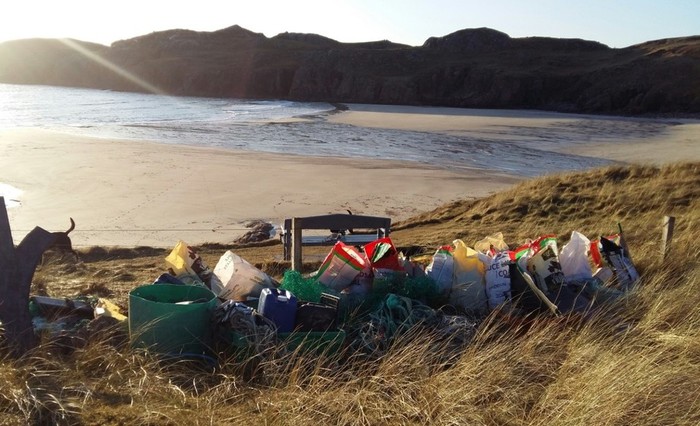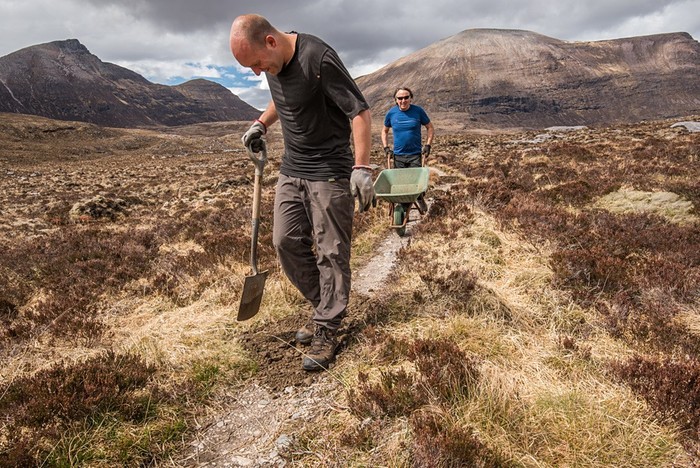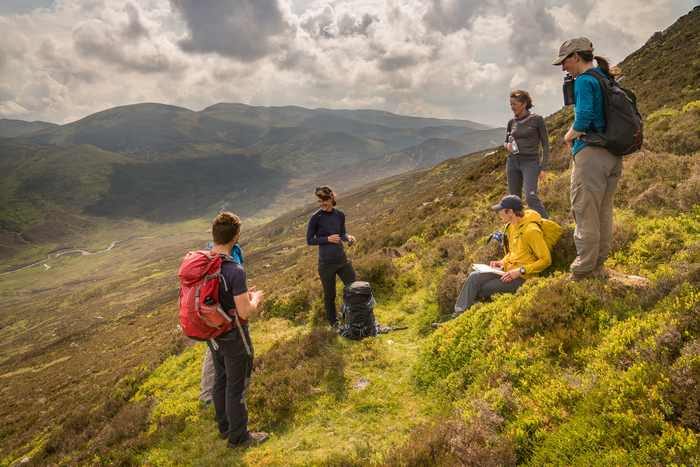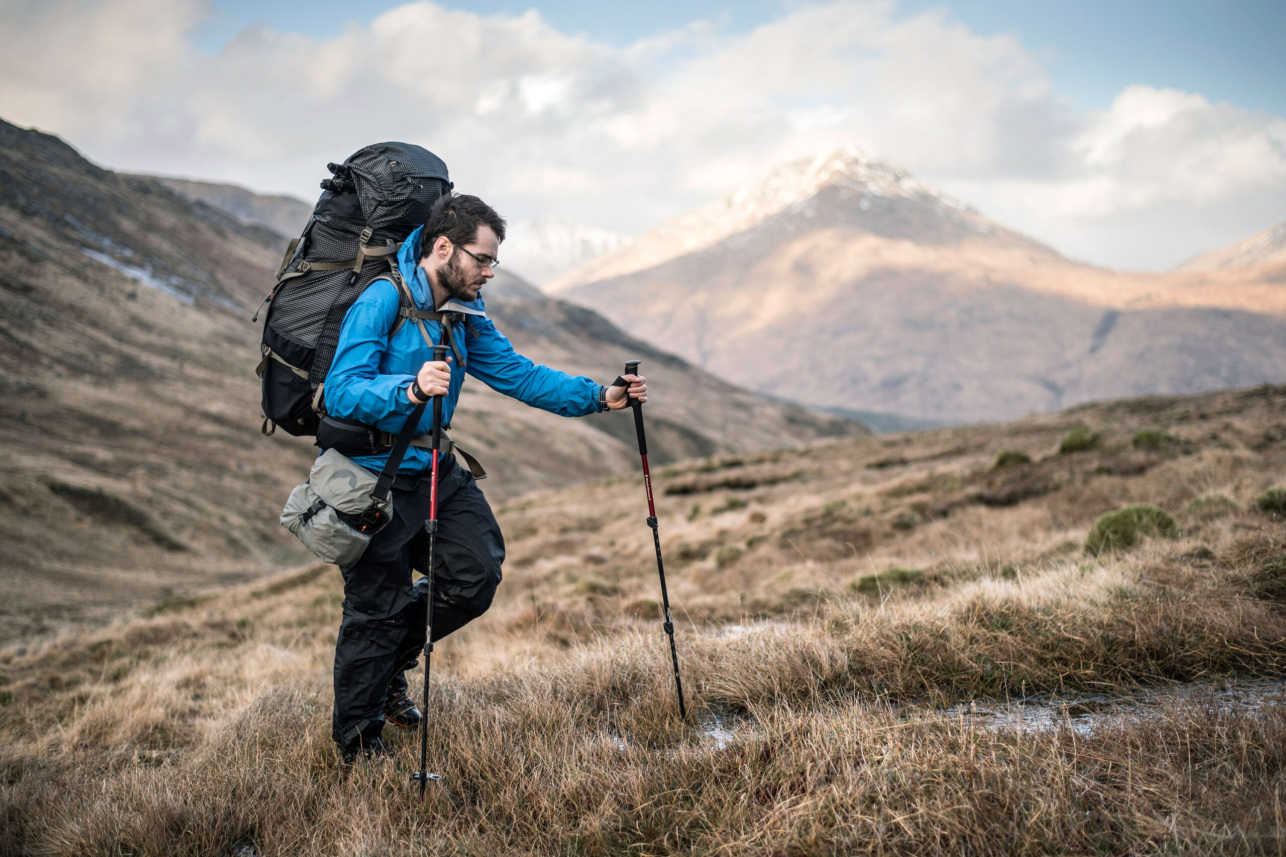7 steps for wild places
Want to make a positive impact? Check out these handy tips from Amy Goodwin and Ross Brannigan and help us care for wild places this summer.
There’s a wild place for everyone to explore this summer. Follow our seven simple steps to enjoying the outdoors responsibly and get even more out of your visit.
1. Love it when a plan comes together
Whether you are familiar or not with the area you’re visiting, planning ahead helps you to get the most of your time outdoors, as well as reducing your impact on the environment. Planning the route and taking a map will not only be beneficial to you, but it also keeps you on the paths to minimise erosion and reduce disturbance to wildlife.
Bonus points: For some bonus planning points, could you take public transport, or even active travel? In England, there is the £2 bus fare scheme which runs until 30 June and, in Scotland, young people can now travel by bus for free! Check out this article from The Great Outdoors magazine to inspire your own car-free adventures. Be creative: maybe you can do a point-to-point route and use transport links to help!
2. Wild wombling
Litter from food and drink is unsightly and can be dangerous for wildlife. Our wild places are precious, and we want to allow others to enjoy them for their beauty, too. Carry a plastic bag to pack away your litter, and while it might be tempting to leave fresh food, fruit peel and tea bags, organic litter is still litter.
Did you know?
While bananas and satsumas are organic material, they are not native to the UK. This means their high nutrient density can damage our native plants as they decompose. This is especially a problem in our mountains, where organic matter is slow to decompose due to altitude and risks upland plant life which lives in low-nutrient soil.
Bonus points: Take more out than what you bring in. If you spot litter, why walk by? It’s easy to think ‘someone else will get it’, but could that someone else be you?
 ^ Litter picking at Sandwood Bay
^ Litter picking at Sandwood Bay
3. Help us out
Our staff work hard to maintain the places you love, but also to improve them for nature, people and communities. There are some easy things you can do to help them out. For instance, if you spot a broken fence, damaged path, or something that doesn’t look quite right, let us know. You can call our office on 01796 470080 and we will make sure the right person knows.
Bonus points: Another easy thing you can keep an eye out for is blocked drains. These help water run off paths and prevent erosion, but sometimes they fill with rocks. Simply scrape them out and let the water flow again!
4. Giving back
For just £3.50 per month, becoming a Member is a great way to give back to the places we care for. You can also volunteer, which is an incredibly rewarding activity. If you are interested in volunteering, why not make a trip out of it?
Check out our website for opportunities with us and our partners, and consider ways to make a longer visit out of it.
Bonus points: Some of our Members have based their summer holidays on volunteer conservation days, staying in a van and going on tour! Could you follow in their footsteps? Could you go one better and go by train or active travel?

5. When you gotta go, you gotta go!
It happens to everyone. Where no toilets are available, it’s important to avoid pollution of water sources and the negative impact of someone else finding it! Whilst urine typically isn’t an issue, keep away from paths and camps, and dilute with water to minimise negative effects.
When disposing of solid waste, carrying a trowel and toilet paper in your bag is going to be an essential. Dig a 20cm deep hole in an inconspicuous place at least 30m (70 adult steps) away from paths, water bodies and camps. Try to find a site with dark organic soil, add the toilet paper, cover back over and disguise further with natural elements such as leaf litter. Solid waste should not be deposited under rocks because it’s slower to decompose and may wash away into water sources during heavy rain.
6. Leave only footprints, take only photographs
Being outdoors is a sensory delight composed of the flora, fauna and natural elements such as rocks, sand, bones and fallen trees. Avoid picking, taking or damaging what you find. Use photos and/or drawings to preserve memories to keep our wild places unspoilt and intact. Whilst cairns are a frequent sight at the top of mountains, avoid adding to them as they encourage people to pull stones out the ground to keep piling the cairn higher. Our staff see a lot of this problem in popular places like on Helvellyn and Ben Nevis, where it contributes to greater erosion.
When we try to pick out anything by itself, we find it hitched to everything else in the Universe.
– John Muir
7. Spread the word!
Finally, share your love of wild places. Do you know someone who has never experienced a wild place, or perhaps is nervous to?
Maybe you could organise a group walk to pass on your knowledge to someone else, or teach them skills like map reading. The more people care for wild places and feel comfortable in them, the better protected they will be. Remember – wild places are for everyone.

- For more advice, check out the Leave No Trace guidance, as well as the Scottish Outdoor Access Code and Countryside Code.


